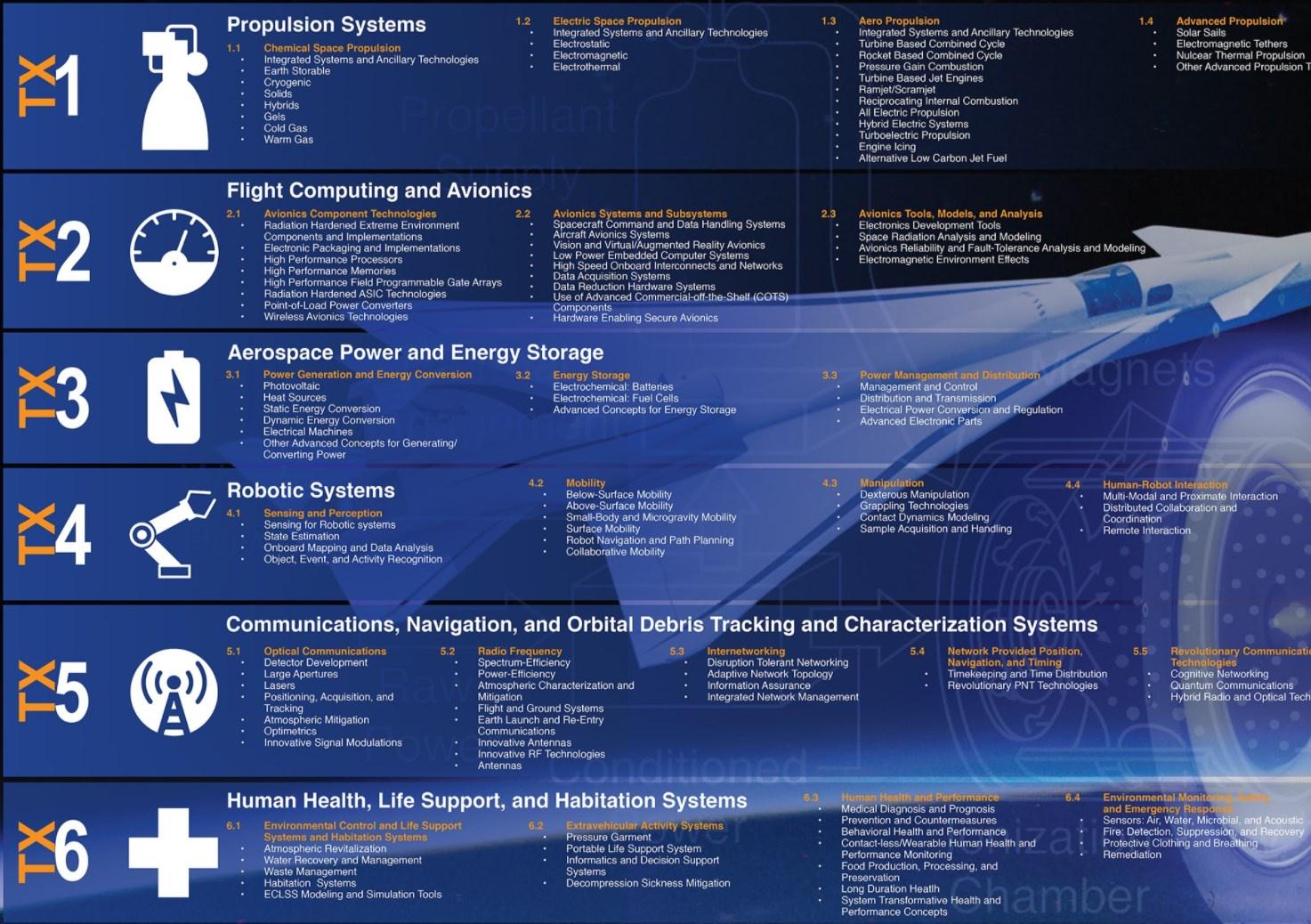How many times have you been in a heated discussion only to find out that the two sides were talking past each other because they were reading from two different dictionaries? I bet you can also remember situations where just a little more structure got everyone aligned quicker.
Creating, explaining, and re-enforcing a strong Taxonomy and Lexicon is a critical skill for all leaders (reminder: everyone in our business is a leader, not just managers).
- Taxonomy – A classification of the components of a system. A system could be anything from a technical architecture, a strategy, a marketing plan, or an organizational design. Taxonomies are most effective when accompanied by a simple and clear Lexicon.
- Lexicon – A list of terms and their definitions; also known as a dictionary or vocabulary. When used in conjunction with a Taxonomy, a Lexicon clarifies each element of the Taxonomy.
Often Taxonomies classify real things. For example, a taxonomy for the devices that exist on a home network might be network devices, entertainment devices, security devices, comfort devices, and lighting devices. Sometimes a Taxonomy is ‘virtual’ and is just a mental model, like CBTO (see my tip from two weeks ago on Mental Models).
Getting up to the whiteboard and sketching a taxonomy will drive more creative thinking and effective debate than almost any other tool in a leader’s toolbox. Articulating taxonomy in narrative form is harder but even more powerful. Don’t be afraid to amplify a written narrative description with some tight graphics. But be leery of the cases where the only way to express a taxonomy is to draw it. That’s usually a sign that the team has not simplified enough!
Taking the time early to debate and agree on the lexicon will ensure clarity of thought and enable others to get aligned faster. Literally, write down (or type) ‘Term – Definition of the term’ for each noun that the team is using. Don’t assume people are using the same definition for common terms. Write the definition down in the least ambiguous way possible – it is better to be more exclusive than inclusive. The more inclusive the definition, the more vague the definition is, and the less likely someone will disagree (and the point is to get people to disagree and debate vocally!).
If a term is ambiguous, ensure your lexicon includes qualified versions of terms. For example, you’ll be shocked (or not) to find two different companies mean different things when the term “operating plan” is uttered. In one case, it means a yearly business (P&L) plan. In another case, it means an execution (product development) plan. By writing down definitions for BOTH “business operating plan” and “product operating plan,” all ambiguity is removed, and folks know there are two different (but related) beasts.
I recently read a doc that used the term “domain,” “program,” and “category” interchangeably. It turns out the folks involved viewed these terms mostly as synonyms. By taking the time to write each term down and debate (as a group) the definitions, it will become clear there are duplicate terms. The taxonomy can be simplified through a reduction in the lexicon. Reducing lexicon is a key skill in being a simplifier vs. a complexifier.
- Simplifier – A leader who demonstrates effective skills in reducing complex topics and systems to their essence. Routinely brings others along, Delivering Results by creating and applying simple Taxonomies and Lexicons. Simplifiers raise the bar for what it means to Invent and Simplify.
- Complexifier – A leader who has not mastered the skill of simplification; someone who tends to make topics more complex than they need to be. Complexifiers struggle to Deliver Results and do not exemplify the Invent and Simplify leadership principle.
Finally, great leaders re-enforce clear taxonomies and lexicons repeatedly over long periods of time. Just because the Taxonomy and Lexicon were agreed to early on does not mean the job is done. Over time, be brutally consistent in using the correct definitions yourself and holding others to doing so (“Hey, Sally, you just said Function. According to our agreed lexicon, I think you meant Program.”). Use a wiki to document these things and link to them regularly.
See also:

















 RSS - Posts
RSS - Posts